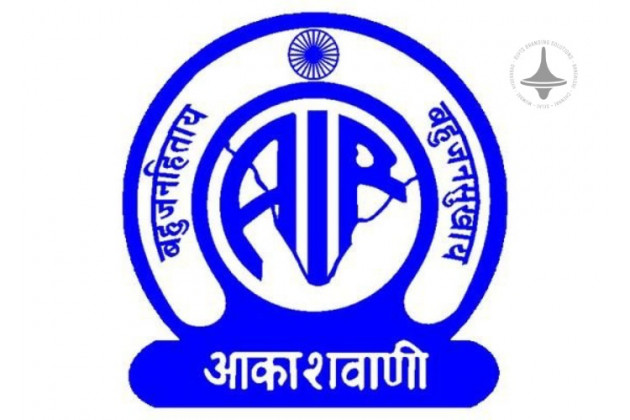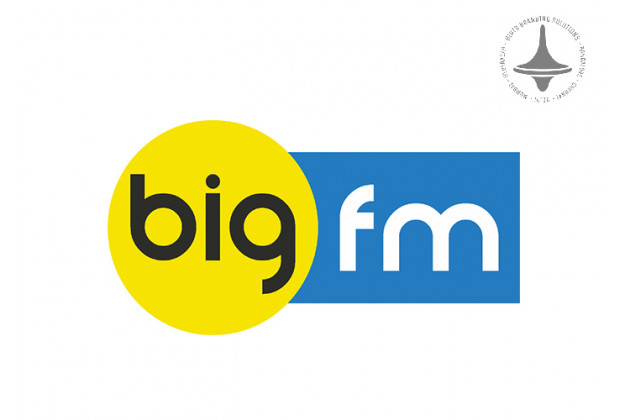Game Ads | Changing | Business | Sports Media | Digital Marketing
-1140x300w.jpg)
The convergence of sports and digital entertainment is rewriting the playbook for revenue generation—and at the heart of this transformation are in-game advertisements. Once a niche tactic, in-game ads have evolved into a sophisticated, data-driven strategy that's reshaping the sports business landscape. But how exactly are these digital ad formats redefining the economics of sports? Let’s break it down.
The Rise of In-Game Advertising
In-game advertising (IGA) refers to the placement of branded
content within video games. These can range from static banners on virtual
billboards to interactive branded experiences and product placements. As the
gaming industry exploded—now worth over $200 billion globally—advertisers
quickly realized the untapped potential in reaching engaged, younger audiences.
With the growth of esports, fantasy leagues, and gamified
fan experiences tied to real-world sports events, brands are integrating
themselves directly into the action. From the NBA 2K franchise to FIFA and even
NASCAR simulations, in-game ads are creating immersive brand experiences that
rival traditional broadcast commercials.
The Business Shift: From Sponsorships to Smart
Integrations
Sports teams and leagues have long relied on sponsorships
and broadcasting deals for revenue. However, in-game ads offer a more dynamic,
measurable, and scalable option:
- Real-Time
Personalization: Modern ad tech allows for programmatic ad placement
tailored to individual players. A gamer in Tokyo might see a different
billboard than one in New York—maximizing relevance and ROI.
- Extended
Brand Exposure: Traditional ads last for seconds; in-game placements
can last for minutes or be replayed countless times, increasing brand
recall.
- Monetization
Beyond the Stadium: Franchises can now earn revenue from digital
simulations of their games, extending their commercial footprint well
beyond physical events.
How Sports Leagues Are Embracing It
1. NBA 2K and Dynamic Advertising
The NBA 2K series has become a pioneer in integrating
real-time, dynamic ads. Sponsored apparel, Gatorade training centers, and even
pre-game commercials mimic real-life experiences. The result? A seamless,
immersive environment that benefits both brands and the league.
2. FIFA and Global Brand Placement
FIFA by EA Sports features global sponsors like Adidas and
Coca-Cola, prominently displaying their logos across digital stadiums. This
mirrors the real-world ambiance of soccer while delivering targeted impressions
to a global fan base.
3. Esports Arenas and Branded Events
In esports, games like League of Legends or Fortnite host
branded tournaments and skins. These in-game experiences build deeper
engagement, turning ads into interactive entertainment.
The Benefits for Brands and Fans
For Brands:
- Better
Targeting: Access to detailed player behavior and demographics
- High
Engagement: Gamers tend to be more attentive and immersed, unlike
passive TV viewers
- Cost-Effective
Scaling: No need for physical inventory or production shoots
For Fans:
- Less
Intrusive Ads: When done right, in-game ads blend with the environment
rather than disrupt it
- More
Realism: Ads make sports simulations feel more authentic and relatable
- Rewards
and Incentives: Many games offer bonuses for watching or interacting
with sponsored content
Challenges and Ethical Considerations
While the potential is massive, in-game advertising is not
without pitfalls:
- Ad
Fatigue: Oversaturation can diminish the gaming experience
- Data
Privacy: Personalized ads rely heavily on data, raising user consent
concerns
- Brand
Fit: Misaligned sponsorships can feel forced and damage brand
perception
Balancing monetization with user experience is key to
long-term success.
The Future: Merging Real and Virtual Arenas
As AR/VR technologies advance and the metaverse becomes a
reality, in-game ads are likely to evolve into fully immersive brand worlds.
Picture a future where a virtual football stadium offers real-time promotions,
merchandise purchases, or even digital meet-and-greets—all sponsored by global
brands.
Sports franchises will continue to blur the lines between
physical and virtual, expanding their revenue ecosystems far beyond ticket
sales and cable deals.
Final Thoughts
In-game advertising is not just a trend—it’s a
transformative force in the business of sports. By creating new revenue
streams, enhancing fan engagement, and offering precise marketing tools for
brands, it’s redefining what it means to be a player in the sports industry.
Elyts Advertising and Branding Solutions | www.elyts.in (India) | www.elyts.agency (UAE)






















Leave a Comment